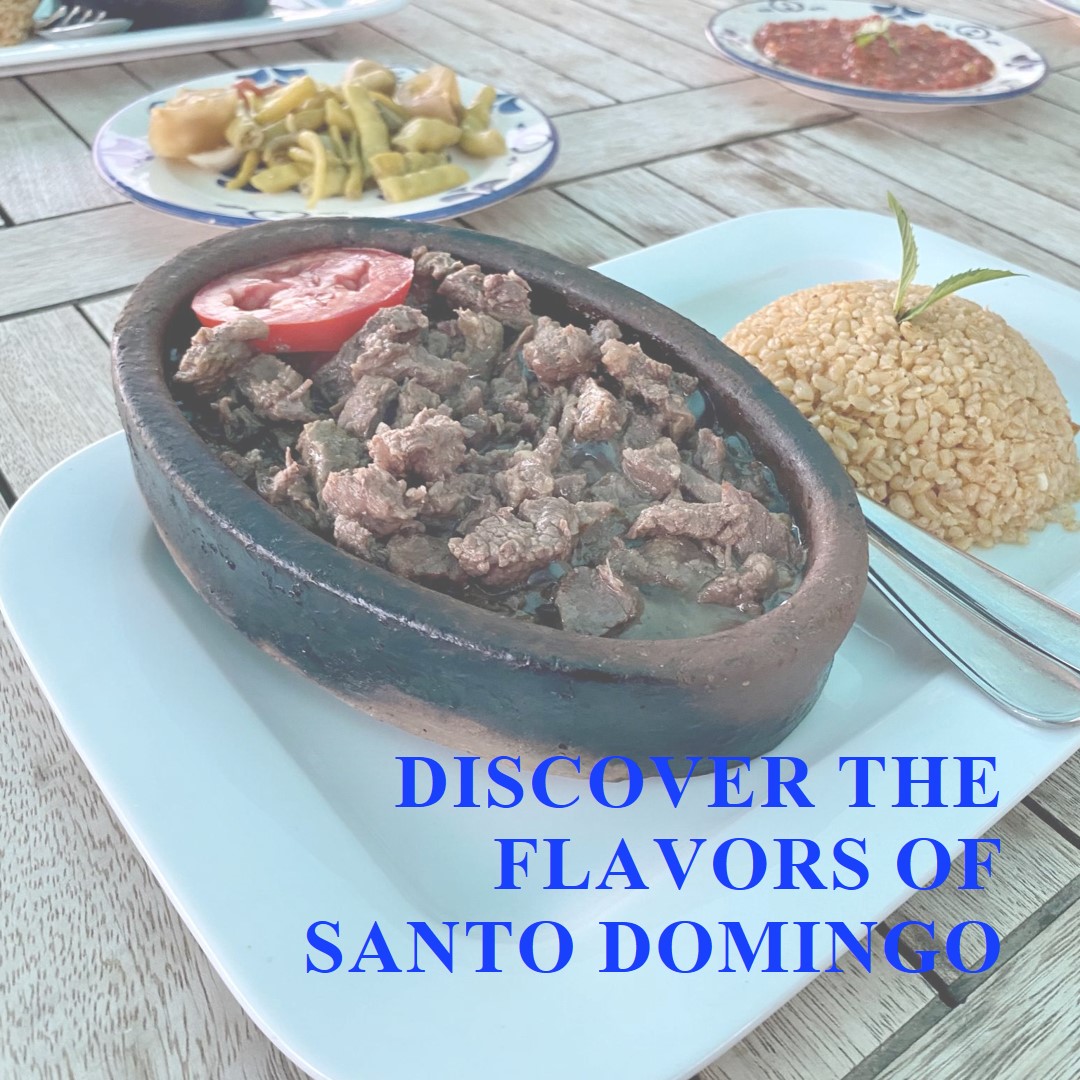
At Last, The Secret To COOKING IN SANTO DOMINGO Is Revealed

K Tyler
He enjoyed his Latin American and Caribbean ancestors’ food from Louisiana. He grew up in the Deep South with strong culinary and communal ties. His family’s theatrical performance of “Soul Food.” showcased their Latin American and Caribbean culinary roots. The French and Spanish colonized Louisiana, which has African music, cuisine, and architecture. Louisiana’s varied history of cultures and ethnicities is reflected in the phrase “Black Frenchman”. African, French, and Spanish influences shape Louisiana’s food, architecture, and music. Gumbo, yam, pigeon peas, candia, guinea chicken, sweet pepper, coconut milk, yucca, bananas, black beans, and long rice bring people back to their cultures.
Growing up in Louisiana, he admired the culinary styles of his Latin American and Caribbean ancestors. He grew up in the Deep South with strong culinary ties and a tight-knit community. His family’s cooking styles resembled those of his Latin American and Caribbean ancestors, and their strong connection to the culinary world was evident in their theatrical production of “Soul Food.” The African roots of Louisiana, a state with a rich history of colonization by the French and Spanish, are evident in its music, cuisine, and architecture. The term “Black Frenchman” highlights the complex and interconnected history of Louisiana, where different cultural influences have melded together to create a rich tapestry of traditions and identities. Louisiana’s cuisine, architecture, and music reflect the blend of African, French, and Spanish influences, creating a vibrant culture. The culinary legacy of African-inspired dishes, such as gumbo, yam, pigeon peas, candia, guinea fowl, sweet pepper, coconut milk, yucca, bananas, black beans, and long rice, connects people to their homelands and their culinary traditions. Soul food, a popular dish in America, has its roots in African cuisine, originating from the Deep South region of Georgia, Mississippi, and Alabama. During the Transatlantic Slave Trade, enslaved Africans adapted traditional recipes to the resources available, creating the dishes we know today. African spices, such as cayenne pepper, paprika, and garlic, reflect the African influence on soul food. Supermercado Nacional, a Dominican retailer, offers a variety of fresh produce, specialty meats, and American-branded products. Pescatore Fish & Meat Market, a Dominican retailer, offers a wide variety of high-quality fish, shellfish, and meats, as well as a special offer of fresh ceviche and soup of the day. Both Supermercado Nacional and Pescatore Fish & Meat Market provide a unique and delicious experience for customers seeking a unique blend of tradition and modernity.
I enjoy visiting the Dominican Republic because of its fascinating history and culture. As an American of African descent, I adore the cooking styles of my Latin American and Caribbean ancestors. I remember growing up in the Deep South, which included Texas and Louisiana, with strong culinary ties with my family. My family had a number of cooks and bakers who were well-known in their respective towns, and I am proud of that. As a child, I remember seeing “black business” in action firsthand through my aunts and uncles, who were entrepreneurs who owned restaurants, cafes, bistros, and catering businesses. When I was a kid, I didn’t realize how important my family was in the world I grew up in. When I was a kid in the 1960s and 1970s, everything was always black and white. I don’t recall the Jim Crowe era’s historical relics, such as “colored only” water fountains and “colored only” restrooms, but I do recall family unity. There was a resemblance to our family in the theatrical production of “Soul Food,” but on a larger scale.

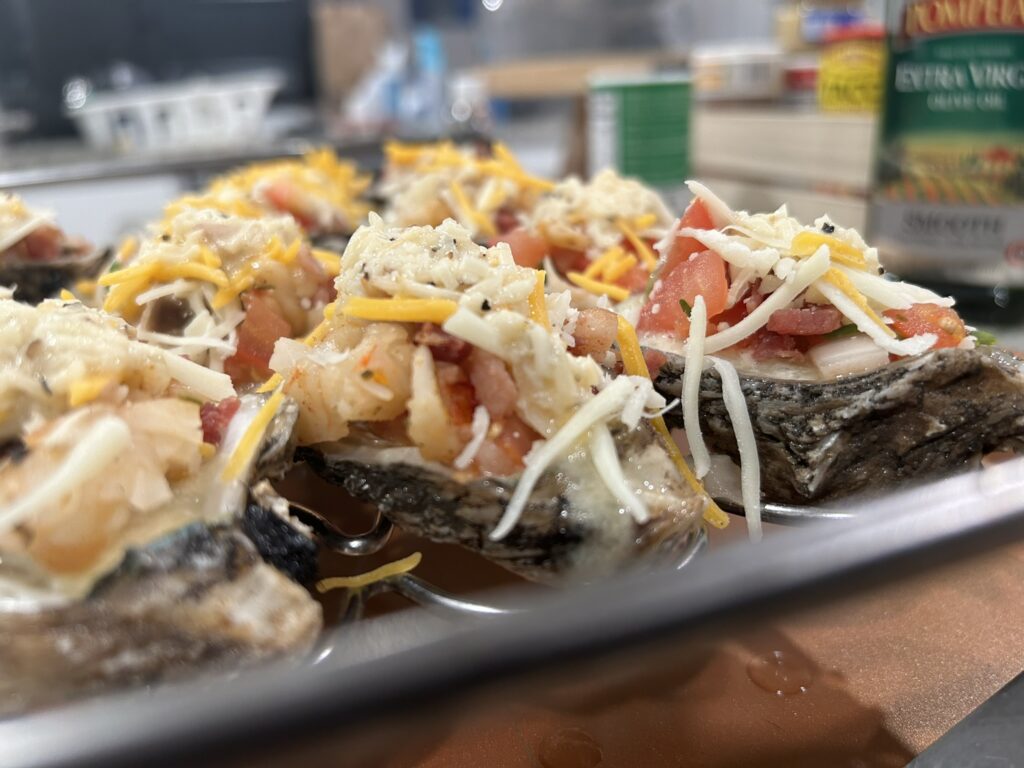


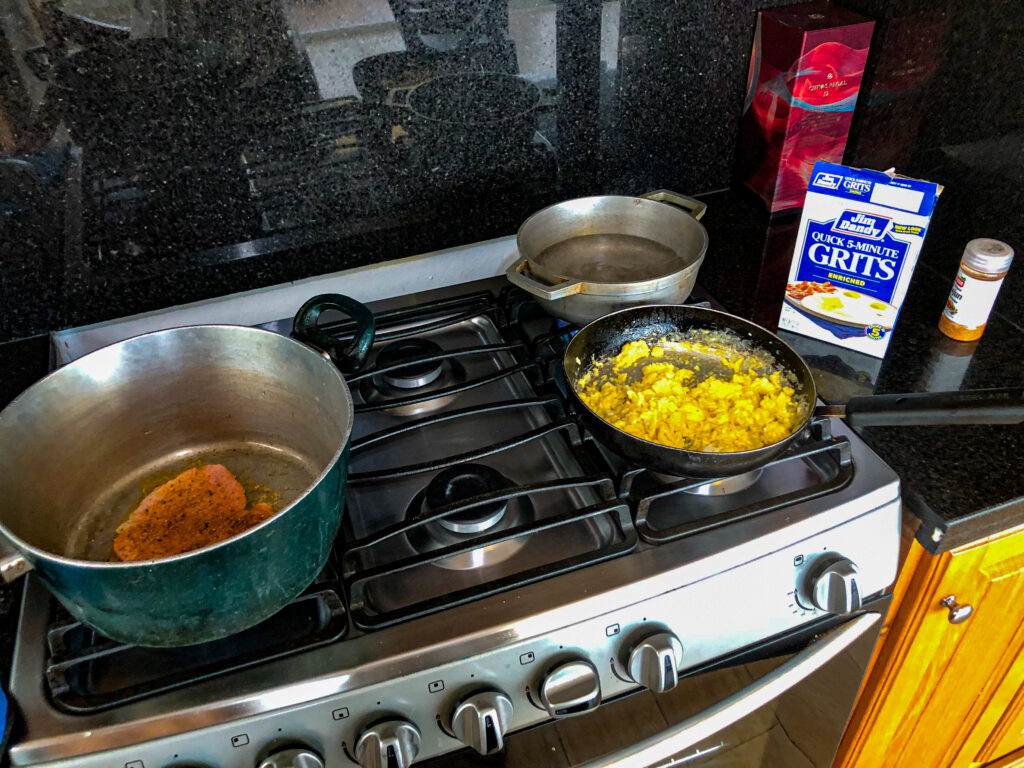
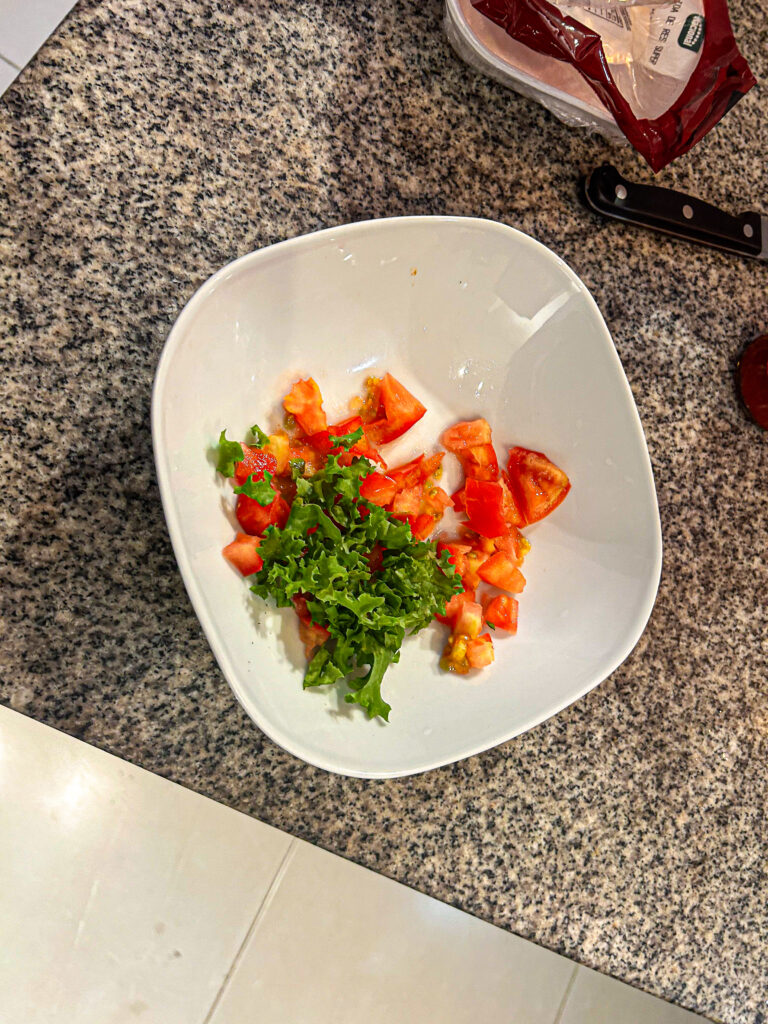
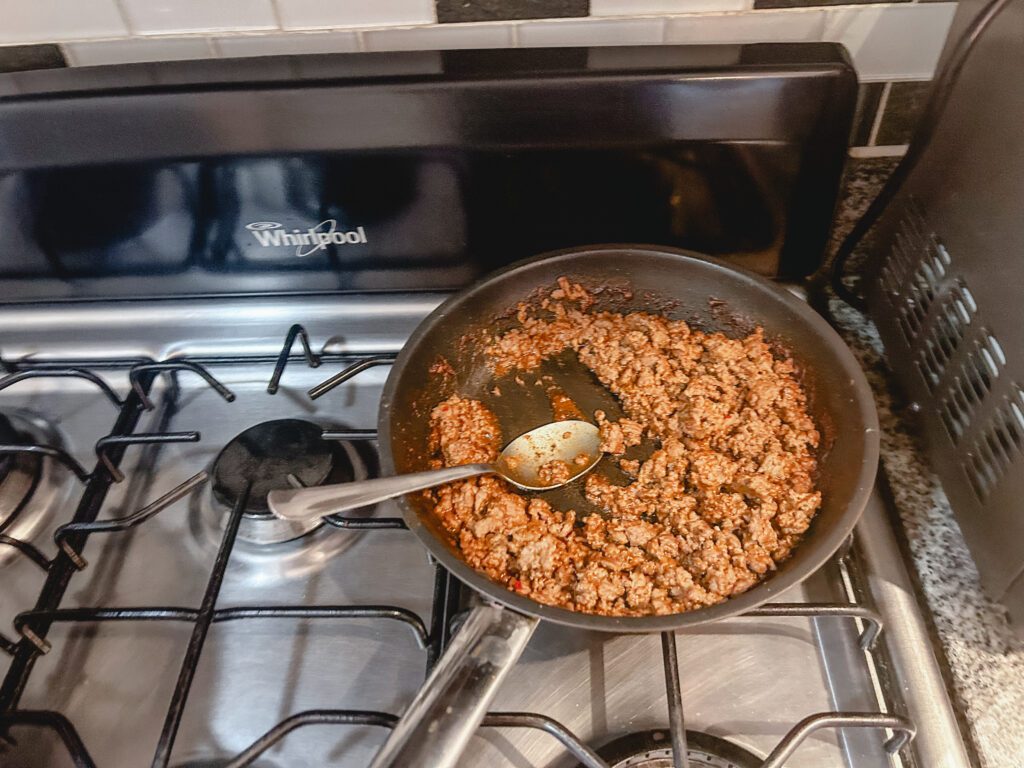
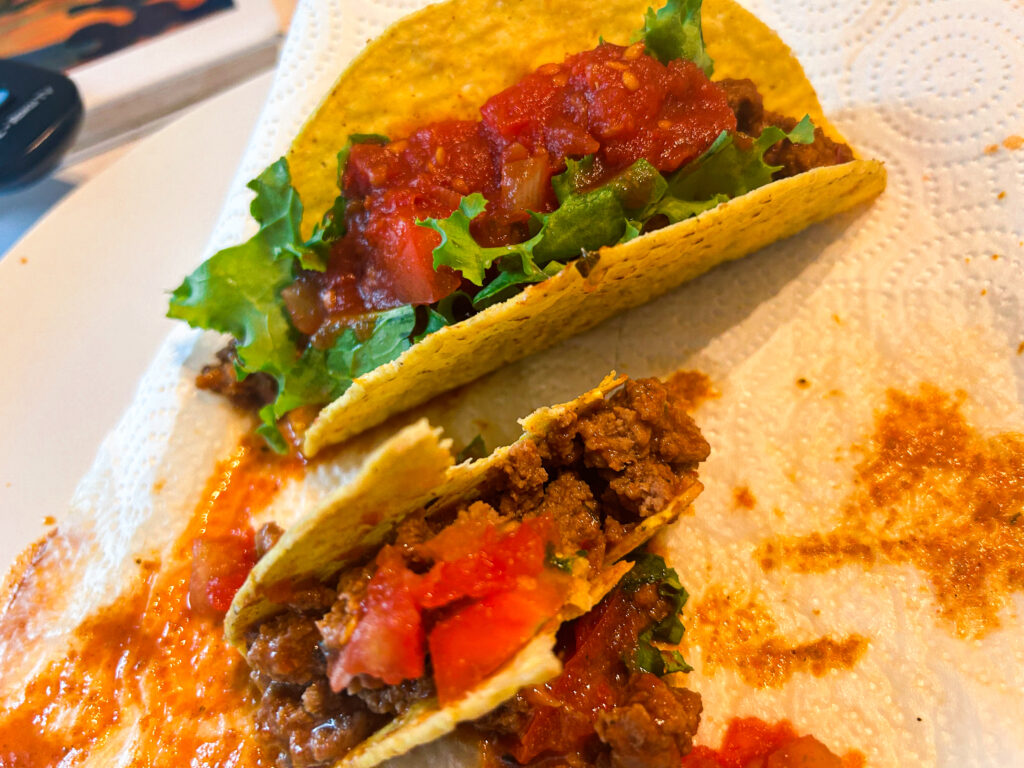
The patriarchs in our family, like many others, were elderly, just as they were in Africa, Latin America, and the Caribbean. We handled internal family issues in an “Italian” manner, just as we handled all other issues internally. I don’t recall any family reunions from my childhood. However, I do remember countless Sunday dinners where multiple generations would gather around the table, sharing stories and laughter. Our family was like a tight-knit community, with everyone looking out for each other and offering support whenever needed. Despite our small family reunions, we had an unbreakable bond of love and understanding. My childhood memories of togetherness and unity are my favorites. Barbeques, gumbos, killing a pig (crackling, pork meat), and fishing were all part of our activities. As a child, I was unaware of our family’s strength because our elders played such a significant role in our lives. That has, of course, changed over time. From family gatherings to family reunions, we now only see each other at funerals and weddings. My ancestors had a strong desire to travel. Every weekend, or once a month, we would pack up and travel to see relatives in neighboring cities and states. The only difference between then and now is that before joining the service, I had never flown.
As a young soldier, I remember traveling to various states and countries, meeting fellow soldiers from the “Deep South,” and sharing family and food stories. I recall having a conversation with a man from South Carolina about his love of rice and his family’s history. This is where his Geechee ancestors came from. “Geechee,” my northern comrades thought, was a derogatory term. Because history and fact were so intertwined, the truth was never known. I’m talking about the year 1980 BC (before computers). I was too lazy to conduct any research or even locate a dictionary to correct either the soldier or myself. Looking back now, I regret not taking the time to educate myself and my fellow soldiers on the rich history and culture of the Geechee people. It’s a reminder that we should always strive to learn and understand different perspectives, especially when it comes to our shared history. In that moment, I missed an opportunity to bridge the gap between our different backgrounds and experiences. This encounter serves as a lesson for me to always be curious, open-minded, and willing to challenge my own assumptions.

There were also reports that my grandmother was a Geechee from Louisiana. I’m from Louisiana, and I can assure you that the Louisiana Geechee and the Sea Island Gullah are unrelated. People in Louisiana interchangeably use the terms Geechee/Black Frenchman or Black Frenchman (Loosey-ana dialect). Because of its previous French and Spanish colonization, the state has a colorful history. Both of these Romance-speaking groups had a tendency to classify people according to their racial admixture. Octoroon, Quadroon, Mulatto, Griffee, Geechee, and Sambo were the race or color classifications in Louisiana. Geechees are dark-skinned black people who have curly hair and speak with a French accent. The term is no longer as widely used as it once was. In northern Louisiana, black people used the term “Black Frenchman” to refer to people from south Louisiana. People of mixed race faced discrimination and limited opportunities, as these classifications determined their social status and rights in society. Despite the diverse racial makeup of the state, many Louisianans embraced their unique cultural heritage, blending elements of French, Spanish, African, and Native American traditions. Louisiana’s music, cuisine, and architecture reflect the influence of these diverse cultures, making it a truly unique place in the United States. The term “Black Frenchman” highlights the complex and interconnected history of Louisiana, where different cultural influences have melded together to create a rich tapestry of traditions and identities. What part of Louisiana does your family hail from?
African roots can be found in Latin American and Caribbean food.

People believe that they took more than 11 million Africans from their homelands and enslaved them in what is now known as Latin America and the Caribbean. This human movement dates back to colonial times and almost coincides with the formation of Latin American nation-states. As a result, the African diaspora has influenced culinary diversity as well as social, racial, economic, and cultural diversity. Louisiana is a melting pot of cultures and traditions, with influences from Africa, Europe, and the Caribbean all coming together to create a unique and vibrant culture. The cuisine, architecture, and music of St. Landry Parish, where my family hails from, reflect the blend of African, French, and Spanish influences. Our family recipes are a mix of traditional African dishes and Creole flavors, passed down through generations and reflecting the diverse history of our ancestors. Over time, our kitchens have reinvented and adapted African ingredients and techniques into many of our national dishes. For instance, the fusion of African okra stew and French roux in our famous gumbo creates a rich and flavorful dish that delights everyone. The sound of zydeco music fills the air at our family gatherings, with its infectious rhythms and lively accordion tunes that get everyone on their feet.
Overall, our family is proud to carry on the traditions and flavors of our ancestors, creating a truly unique and vibrant way of life in this diverse and culturally rich region. Just a few examples include yam, pigeon peas, candia, guinea fowl, sweet pepper, coconut milk, yucca, bananas, black beans, and long rice. These meals, when combined with food from the new lands, became part of the community identity in places where enslaved communities settled and, later, in palenques and quilombos, where they were already fighting for freedom and independence. We’ve discovered some products and foods in multicultural London markets for Latin Americans in the diaspora. Many of these items are familiar to us, while others are brand new to us. Food, in fact, transports us to our homelands and their flavors. The culinary legacy that has survived to this day is a testament to resistance, collective memory, and celebration. We’ve compiled a list of 11 African-inspired dishes that are still popular in Latin America and the Caribbean. These dishes connect us to our ancestors, who brought their culinary traditions to the New World as slaves. From hearty stews to spicy sauces, each dish tells a story of survival and resilience. As we savor these flavors, we honor the resilience of our ancestors and celebrate the rich tapestry of our cultural heritage. The act of cooking and sharing these dishes keeps our history alive and thriving in the hearts and kitchens of Latin Americans around the world. (Yenny, LAWA 2022)
American soul food has African roots.
Soul food is primarily from Georgia, Mississippi, and Alabama, a region of the United States known as the Deep South. During the Transatlantic Slave Trade, enslaved Africans received meager food rations that were low in quality and nutritional value. Enslaved people were able to keep African food traditions alive by adapting traditional recipes to the resources available. These recipes and techniques evolved into the soul food dishes we know and love today. Dishes like collard greens, black-eyed peas, and okra, staples in African cuisine, showcase the African influence on soul food. The use of spices like cayenne pepper, paprika, and garlic also reflects the African roots of soul food. Despite the hardships faced by enslaved Africans, their resilience and creativity in the kitchen have left a lasting legacy that we continue to celebrate and enjoy today. This food genre, which is now associated with luxury and decadence, arose from hardship and survival. The traditional recipes and techniques reflect the long and illustrious history of soul food, which links black culture to its African roots.
Four key ingredients in soul food cooking create a historical link between America’s dark slavery past and the African cultures that the enslaved brought with them. Rice is not indigenous to the Americas, which may surprise you. Prior to the slave trade, many crops used in soul food cooking were unavailable in the Western Hemisphere. Slave traders purposefully took several African crops and made limited quantities of these foods available on slave ships during the Middle Passage in order to keep the enslaved alive. Enslaved Africans in the Americas grew these crops on plantations to keep their energy levels up during long days of monotonous labor. Some of the most well-known southern American culinary traditions are believed to have originated from the slave trade transport of African varieties of rice. Because rice is a staple in many African dishes, enslaved Africans in the Americas adapted their cooking to the foods that were most readily available, resulting in some of the most well-known soul food staples. For example, dishes like red beans and rice, jambalaya, and Hoppin’ John all have roots in African rice cultivation practices. Generations have passed down and continue to enjoy these iconic soul food staples. The influence of African culinary traditions on southern American cuisine is undeniable, and the slave trade’s impact on the Americas’ foodways is significant. Enslaved Africans’ ingenuity and resilience in adapting their cooking to new ingredients and circumstances have left a lasting legacy on the region’s culinary landscape. (BLACK FOODIE 2022)





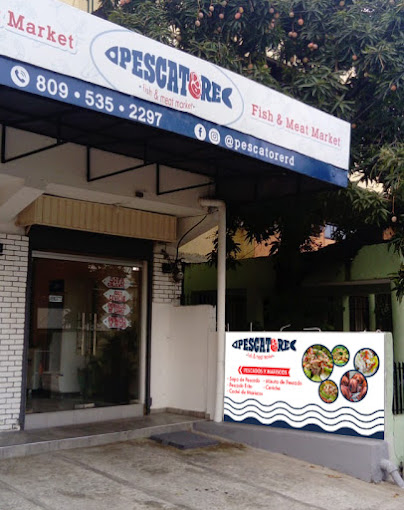
Where can I find the best cooking resources?
Supermercado Nacional has multiple locations in Santo Domingo. I enjoy the service, as well as the variety of fresh vegetables and fruits. I love their selection of meats, especially near the deli section. You have the option to visit their website and place an order online. For my fellow native English-speaking subscribers, there is an English, Russian, Portuguese, Italian, German, and, of course, Spanish language option on their website, so ordering is a breeze. The cost is minimal—more or less $3 for delivery service. There is also a wide selection of American-branded products, including meats and bread. Overall, Supermercado Nacional provides a convenient and diverse shopping experience for customers from various cultural backgrounds. The online ordering option makes it simple to stock up on groceries without leaving the comfort of your home. The affordable delivery fee and range of international products make this supermarket a go-to destination for all your grocery needs. Whether you’re looking for fresh produce, specialty meats, or familiar American brands, Supermercado Nacional has you covered.
Supermercados Nacional, a Dominican retailer with a history dating back over 70 years, realized it was time to improve their brand experience. CCN teamed up with Chute Gerdeman to create a premium experience for the people who mattered most: the customers. The success of this initiative hinged on a focus on quality, community, family, and store communications. We founded the concept on the need to prioritize family, quality, and products. This new focus on family and quality allowed Supermercado Nacional to differentiate itself from other grocery retailers in the Dominican Republic. By emphasizing these values, they were able to create a more personal and inviting shopping experience for their customers. This initiative not only improved customer loyalty but also helped to attract new customers looking for a grocery store that shared their values of community and quality. Overall, the collaboration between CCN and Chute Gerdeman was a success, and Supermercado Nacional was able to establish itself as a premium grocery destination in the Dominican Republic. (Chute Gerdeman, 2022)
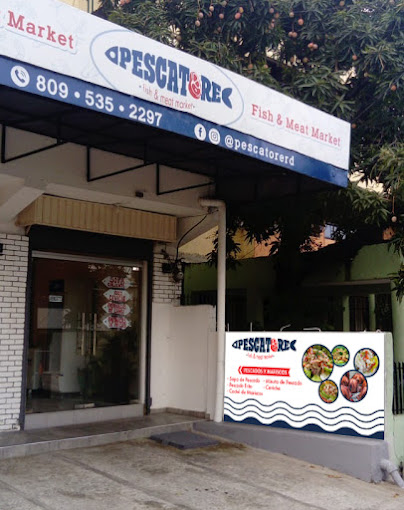
Pescatore Fish & Meat Market: You can find a wide variety of high-quality fish, shellfish, and meats with a unique degree of freshness, as well as, as a special offer, fresh ceviche and soup of the day. For my fellow native English-speaking subscribers, there is an English and, of course, a Spanish language option on their website, so ordering is a breeze. Additionally, Pescatore Fish & Meat Market offers personalized service from knowledgeable staff who can recommend the perfect cut of meat or type of fish for your culinary needs. The attention to detail in both the product presentation and the customer service experience truly sets Pescatore apart as a top choice for discerning shoppers in the Dominican Republic. With online ordering and delivery options available, it’s never been easier to enjoy the premium offerings from Pescatore Fish & Meat Market.
A place where tradition and modernity come together, relying on the quality of the product offered and constant innovation in customer service. Whether you’re looking for fresh lobster to impress your dinner guests or high-quality beef for a weekend BBQ, Pescatore has got you covered. Their commitment to sourcing the finest ingredients from local suppliers ensures that every purchase supports the surrounding community. So why settle for anything less than the best? Treat yourself to the exceptional flavors and superior service that Pescatore Fish & Meat Market has to offer. You won’t be disappointed.


